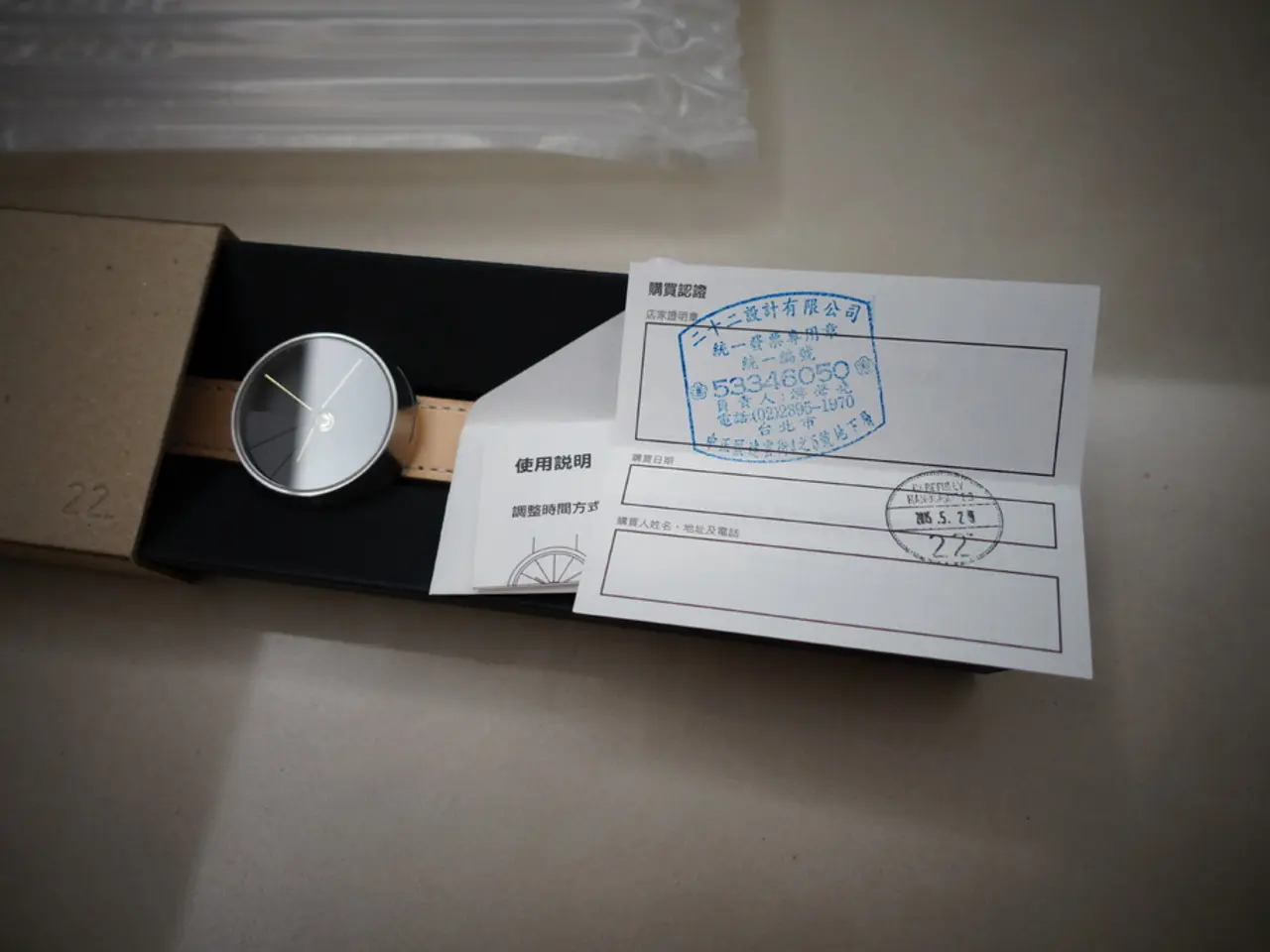Lawsuit-triggering Apple Watch attribute is set for a comeback at Apple
In the world of technology, patent disputes are not uncommon, and the latest one to make headlines involves Apple and digital health company Masimo. The dispute revolves around the Blood Oxygen feature on the Apple Watch, a function that Apple has positioned as a potentially life-saving device.
The International Trade Commission ruled that Apple had violated a patent from Masimo related to pulse oximeter technology. As a result, an import ban was imposed on Apple Watches with the Blood Oxygen feature, affecting only new models sold in the United States. However, Apple responded by disabling the feature via software on newer Watch models but did not remove the hardware.
The decision to remove the feature from US models was due to a patent dispute with Masimo. This ruling initially affected only new Apple Watches in the United States, leaving those who already owned an Apple Watch with the feature unaffected. Apple's Americas market, which includes the United States, is its biggest, making this a significant issue for the tech giant.
However, the latest development in this saga saw U.S. Customs and Border Protection (CBP) allowing Apple to import Apple Watches that use a redesigned Blood Oxygen feature. This new feature calculates blood oxygen levels on the iPhone rather than on the Apple Watch itself, which is seen as a workaround by Apple to circumvent the prior import ban.
Masimo, unimpressed with this move, contends that this ruling unlawfully bypasses the International Trade Commission's exclusion order and enables indirect patent infringement. Consequently, Masimo sued CBP to challenge this decision, accusing the agency of enabling Apple to restore allegedly infringing pulse oximetry functionality through this workaround.
In a positive development for Apple Watch owners, the company will reintroduce the blood oxygen detection feature on US models of Apple Watch Series 9, Series 10, and Ultra 2 through a software update. To access the updated feature, users must update to software version watchOS 11.6.1 and pair their device with an iPhone running on iOS 18.6.1.
Apple strongly disagrees with the ruling and is reportedly exploring more ambitious health efforts, such as noninvasive glucose monitoring. Meanwhile, Samsung, Apple's chief rival in the consumer electronics space, is focusing on digital health by introducing features to help users remain healthy as they age on their smartwatches.
Pulse oximeters, similar to finger-clip devices used in clinical settings, shine light through the skin to calculate a wearer's blood oxygen saturation. The blood oxygen detection feature on the Apple Watch is intended to help users understand their respiratory health, making it a valuable tool, especially during the ongoing pandemic.
As the dispute continues, it remains to be seen how this saga will unfold. For now, Apple Watch users in the United States can look forward to the return of the blood oxygen detection feature on their devices.
[1] Bloomberg [2] Reuters [4] AppleInsider [5] TechCrunch
- The legal battle between Apple and Masimo over the Blood Oxygen feature on the Apple Watch highlights the importance of patent disputes in the realm of health-and-wellness technology, science, and fitness-and-exercise devices like the Apple Watch.
- As a result of the patent infringement dispute, Apple has to reintroduce the blood oxygen detection feature on US models of the Apple Watch Series 9, Series 10, and Ultra 2, which is a testament to the significance of the feature in nutrition, health-and-wellness, and smart home devices.
- Samsung, Apple's main competitor in the consumer electronics industry, is also delving into digital health, introducing features on their smartwatches aimed at promoting health and wellness among users, as reported by Bloomberg, Reuters, AppleInsider, TechCrunch, and other technology news outlets.







